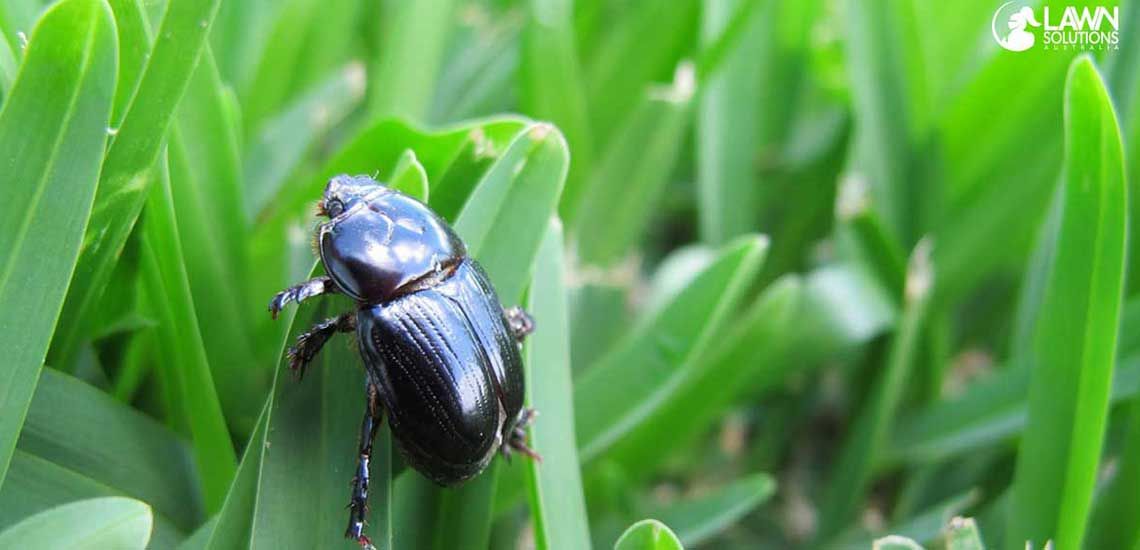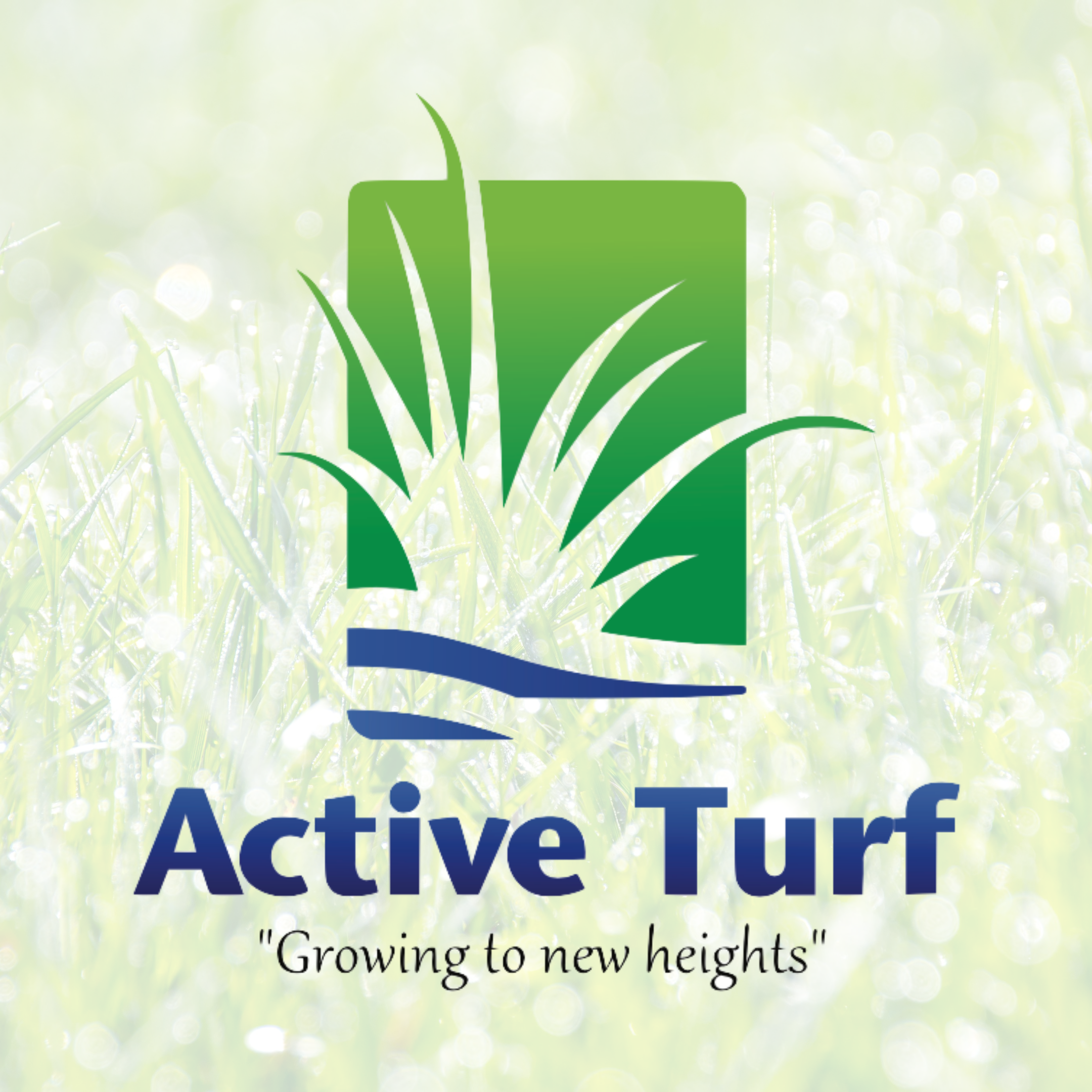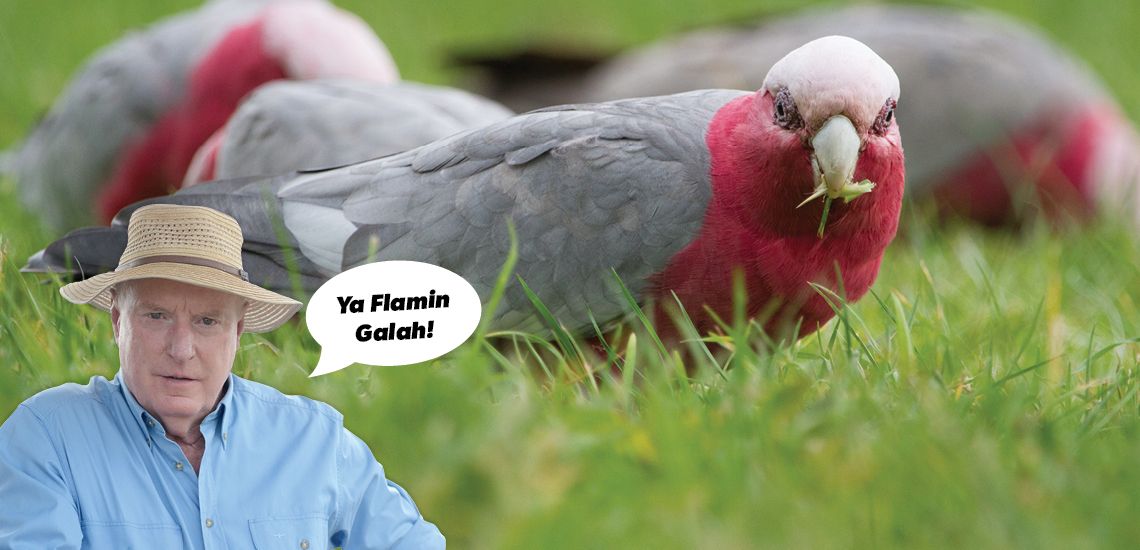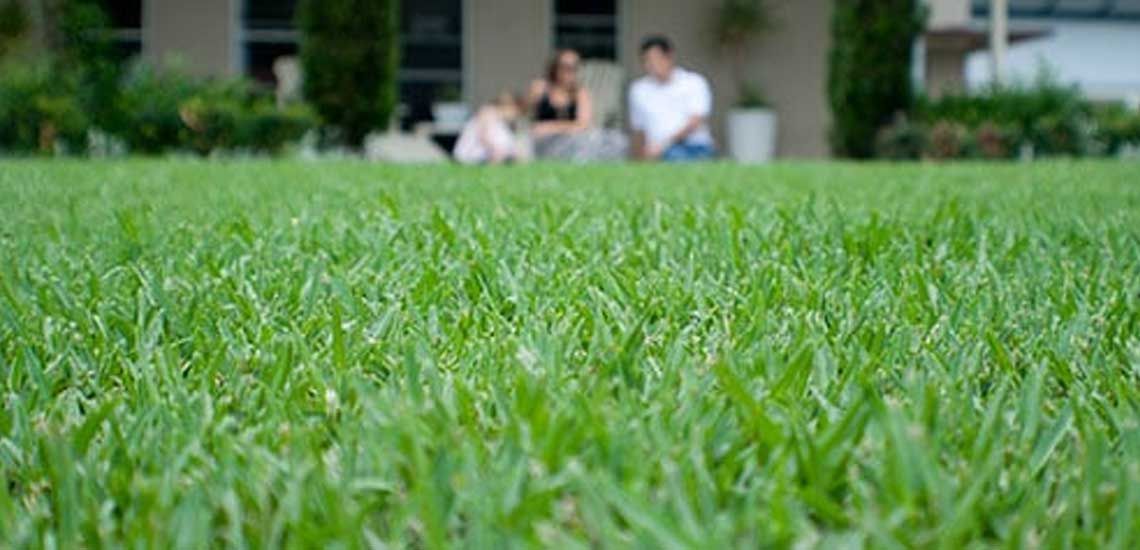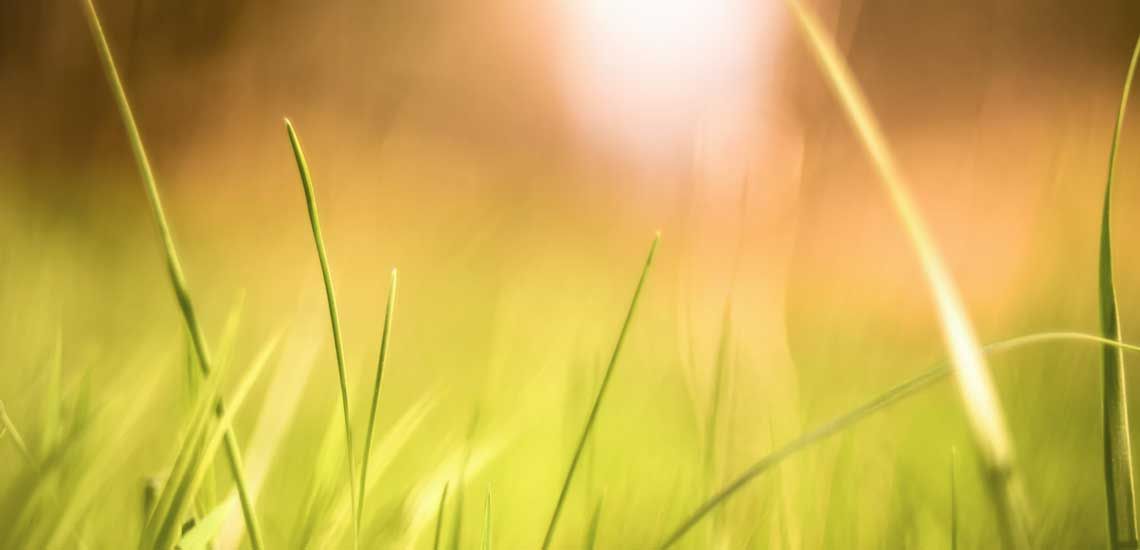
Tips to help beat the heat
Drought conditions are impacting a lot of areas at the moment and being environmentally responsible with water use is more important than ever.
Fortunately, it is only in the most severe of conditions, over a considerable amount of time, that your lawn could suffer to the point where it would completely die off due to lack of water.
Warm-season turfgrass species commonly used in Australia need very little water to survive and are very hardy.
They will lose colour, become brown and dry, with little to no leaf growth, but they will generally sit dormant until the next rain or irrigation event.
In summer when temperatures are really high, grasses will enter a state of dormancy where they shut down tissue growth to preserve moisture loss.
You can usually tell if a lawn is dormant rather than dead by looking at the crown at the base of the leaves. If the crown is white to off white, it is likely that it is still alive. A dead lawn will be dry, brown and brittle across the entire plant – the leaves, the roots and the crown.
What can I do to help my lawn survive a drought?
- Remove thatch – Removing dead material from the lawn profile will help the living plant to absorb all the available moisture.
- Aeration – Improving the ability for water to penetrate to the roots will be important to take best advantage of water when it is available, but also to improve moisture in the soil where it is needed during the next dry spell.
- Stay off the lawn – Your grass is already having a hard time and the drier it is, the more it is likely to be damaged and not be able to recover from foot traffic or additional wear.
- Water effectively – When you can water, do so for longer, less frequently. Encourage deeper roots that can delve deeper into the soil to find moisture. This will allow your lawn to stay hydrated for longer, even if there has been an extended period without rain.
- Apply a wetting Agent – Hydrophobic soil is caused by the decomposition of organic matter, which leaves a wax like substance forming a coating on soil particles. A wetting agent like Lawn Soaker will break down this coating allow water to penetrate.
- ColourGuard Plus – If your lawn has lost some colour and vigour from the heat, a good option is ColourGuard Plus. It’s a natural pigment with a liquid fertiliser and it’s a great solution during drought conditions to keep your grass green and to save water at the same time.
After long periods of dry weather, soils can become dehydrated and this is when the hydrophobic surface is exposed. This surface stops water from penetrating. A wetting agent like Lawn Soaker will help break down this surface tension and help water to soak in.
Mowing – The key to your lawn mowing in summer is to make sure you mow during the cooler time of the day and to mow regularly. You want to keep on top of the leaf growth, so you don’t remove too much at a time. Removing more than a third of the leaf at any one time will cause stress to the grassroots.
How much water does grass need?
Water is fundamental for grass to transport nutrients, maintain cell structure and for it to create its own food through the process of photosynthesis.
For the most part, this water requirement will be met through rainfall or soil moisture storage.
If the roots cannot maintain this level of moisture to the leaf, the leaves will close their stomata. Stomata are cells that form the pores of the leaf surface. When the stomata are closed, there will be limited growth due to its inability to take in carbon dioxide.
When should I irrigate?
The simple answer is – when your lawn needs it. It is important that you only irrigate your lawn when there is not enough rainfall to meet the needs of your lawn. When you do water, do so within the rules outlined by local water restrictions.
Lawn Solutions R&D programs have a strong focus on bringing lawns to Australian consumers that not only look great but use much less water than older varieties and once established will need little to no water to stay alive.
New turf varieties such as TifTuf Hybrid Bermuda, have been selected and released to the market because of its superior drought tolerance.
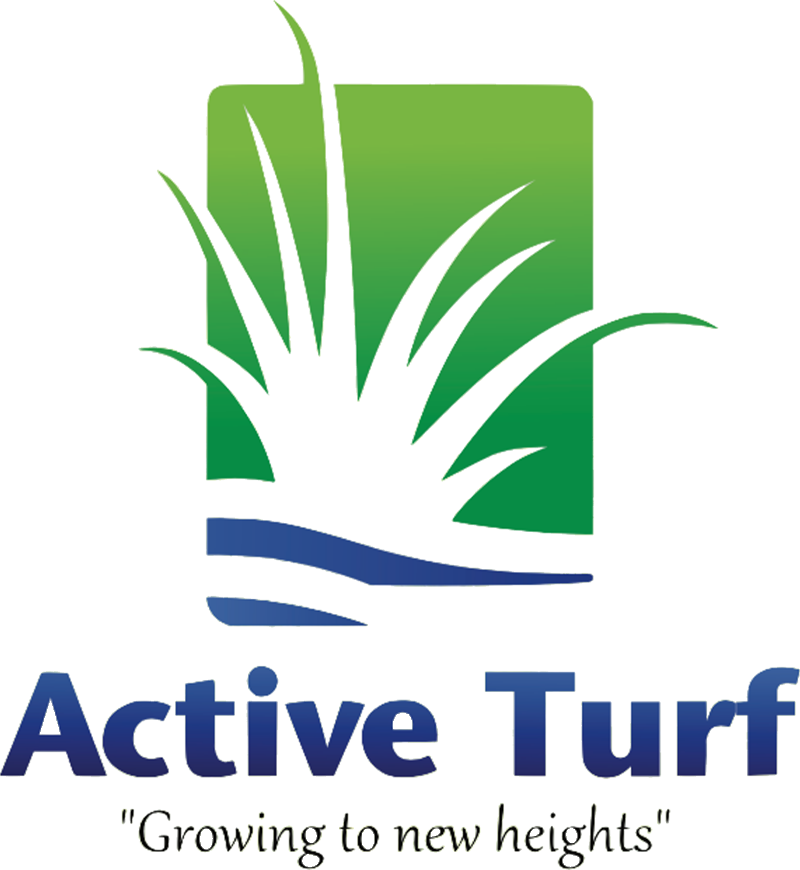
Active Turf Supplies
684 & 736 Kurmond Road
Freemans Reach NSW 2756

Popular Articles
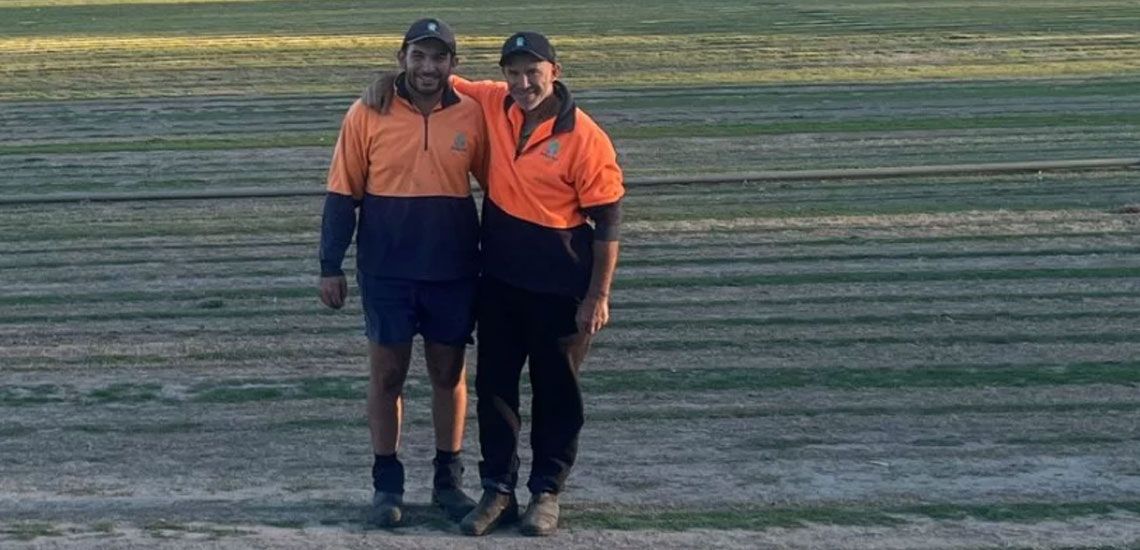
Why should you choose Active Turf?
